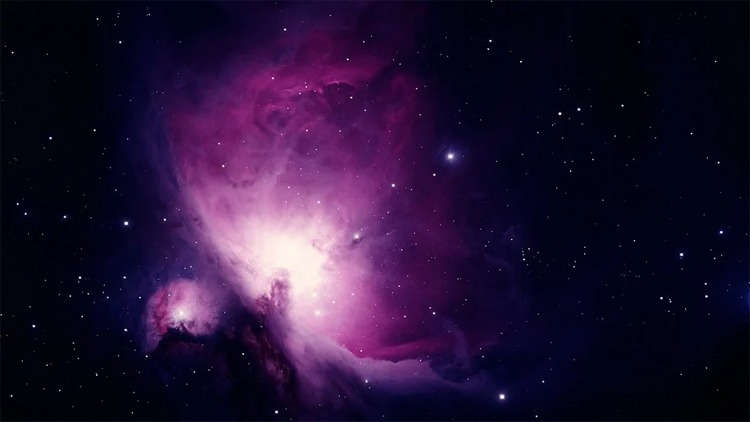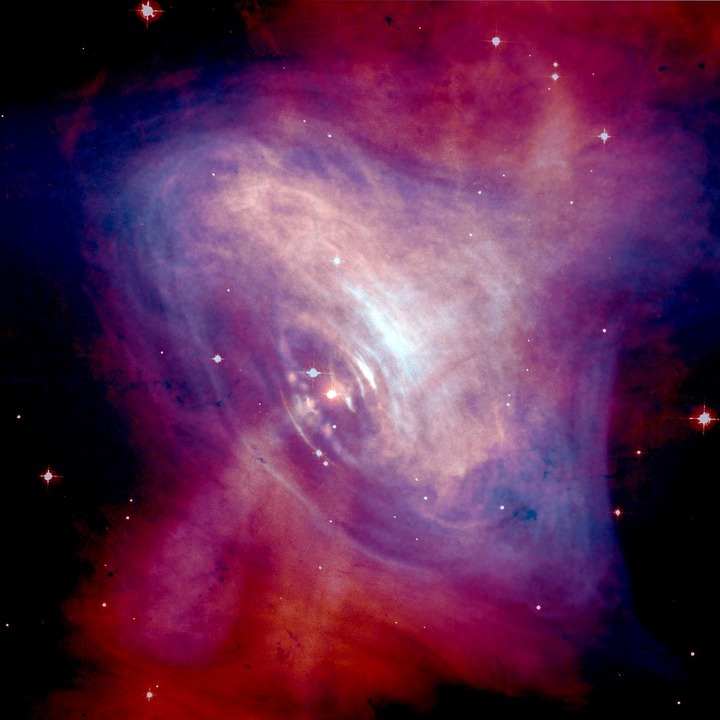Its name came from a Latin word meaning mist, fog, or a cloud, but a nebula isn’t just a cloud but an enormous cloud of dust and gas in space between stars that sometimes acts as a nursery for new stars. Some nebulae (plural of nebula) are from gas and dust thrown out due to an explosion from a dying star, such as a supernova. Nebulae are comprised of some essential elements such as hydrogen, helium, and other ionized gases. But before going into the details, we recommend you read the important facts about the Milky Way galaxy first.
Who Discovered It?
Many people claim to have initially found these clouds of gases. It was perhaps first mentioned by the Persian astronomer Abdal-Rahman al-Sufi in 964, who authored the book entitled “Book of Fixed Stars.” In his writings, he mentioned that he noticed a “little cloud.”
Early Chinese and Arabic astronomers also noticed the creation of the Crab Nebula because of a supernova in 1054.
More trusted findings of the heavenly realms and the much clearer observation of the celestial objects were made beginning in the 17th century when technological advances emerged, including developing more sophisticated optical instruments such as binoculars and telescopes.
Nicolas-Claude Fabri de Pieresc discovered the Orion Nebula in 1610, followed by an observation made by Johann Baptist Cysat in 1618. However, the first detailed observations were only recorded in 1659 by the famous scientist Christiaan Huygens. Huygens was also the first who come up with a standard formula for centripetal force.
After almost 50 years, Edmond Halley wrote about six different nebulae. With that, a comet was named after him. Many names were involved in the study of the nebulae. Edwin Hubble helped in the categorization of the nebulae based on the spectra of light. He also found out that almost all nebulae are linked with stars and are illuminated by starlight.
How Do Stars Form in a Nebula?
Nebulae’s dust and gases are very spread out, but gravity, bit by bit, pulls these components and produces clumps, and as it grows more massive, its gravity also becomes more vigorous. When it becomes so massive, it collapses from its gravity and the components at the cloud’s center to heat up-and this hot core is the beginning of a star.
Can I See Some Nebulae?
Yes, with or without a telescope or binoculars, nebulae are visible. Some nebulae are bright enough and visible with unaided eyes, like the Orion Nebula located between Orion’s sword constellation stars. It occupies an area twice the Full Moon’s diameter; thus, it can be viewed with the naked eye, yet was missed by early astronomers.
The more stars surround the nebula, the more visible it appears especially using a telescope. Larger nebulae, such as hundreds of light-years in diameter, are perceptible. However, it’s often challenging to differentiate star clusters, galaxies, and nebulae due to their similar makeup.
Famous Nebulae
Orion Nebula
The notable Orion Nebula listed as M42 and NGC 1976 is a part of the Orion Molecular Cloud Complex that lies about 1,500 light-years away within the constellation Orion. It is a 24-light-year-wide section including hundreds of newborn stars and brown dwarfs.
Horsehead Nebula
The Horsehead Nebula, also part of the Orion Molecular Cloud Complex, is a dark nebula set alight from behind several nearby young stars’ radiation. It was known to astronomers that the stars were forming within the nebula.
Eagle Nebula
Also known as M16, the Eagle Nebula is more familiarly famous as the “Pillars of Creation.” It is the star birth site region hidden inside giant pillars of gas and dust. The region lies in the constellation Serpens some 7,000 light-years away from the Earth.
Crab Nebula
The Crab Nebula or M1 lies 6,500 light-years away from Earth in the direction of the constellation Taurus, the Bull. This supernova remnant formed when a star around 10 or 11 times the mass of the Sun shattered in a so-called “core-collapse” supernova. It exploded much of its mass out to space, and the remains collapsed to become a neutron star spinning 30 times a second. It’s called the “Crab Nebula Pulsar.”
Eskimo Nebula
The Eskimo Nebula is a planetary nebula. It was 10 000 years ago formed when a star with a mass like the Sun’s began to exhale its outer atmosphere. The double set of clouds formation resembles vaguely like an Eskimo face.
Most Spectacular Nebulae
Mystic Mountain Nebula
This “mountain” of dust and gas in the wider Carina Nebula, which looks more like the cover page of a science fiction novel, is the perfect example of a star nursery. However, the pillar is deforming due to the attack of hot, energetic stars from the outside, producing tumultuous internal currents, which trigger star formation inside the structure. The purple jets of matter and light that emerge from the clouds of gas and dust surrounding such nascent stars are proof of this.
Leo Ring Nebula
While all nebulae are large, the Leo Ring is particularly huge while not being the most well-known. However, this massive cloud of dust and gas is the product of a one billion-year-old collision between two massive galaxies, M96 and NGC 3384, in the center of the Leo Group of Galaxies.
The collision was so strong that it blasted nearly a galaxy’s worth of gas (mainly helium and hydrogen) into intergalactic space, where it finally settled into the ring structure that surrounds both galaxies today. The Leo Ring, on the other hand, has since separated into two distinct pieces, which have drifted 38 million light-years apart.
Stingray Nebula
This planetary nebula was discovered in its current form only in 1990, where a pre-planetary nebula had been seen in 1971, making it the smallest and youngest of all known planetary nebulae. It was only 25 years ago that it became visible as a planetary nebula, a process that generally takes roughly 100 years, a blip in the grand scheme of things compared to the millions of years that stars have existed.
The progenitor star was a class B1 supergiant that had blown off its outer layers, now floating away from the central core. The star remnant heats up as the nebula floats away, enabling the nebula to radiate the true, actual colors. The colors green, blue, and red are emitted by oxygen, hydrogen, and nitrogen.




